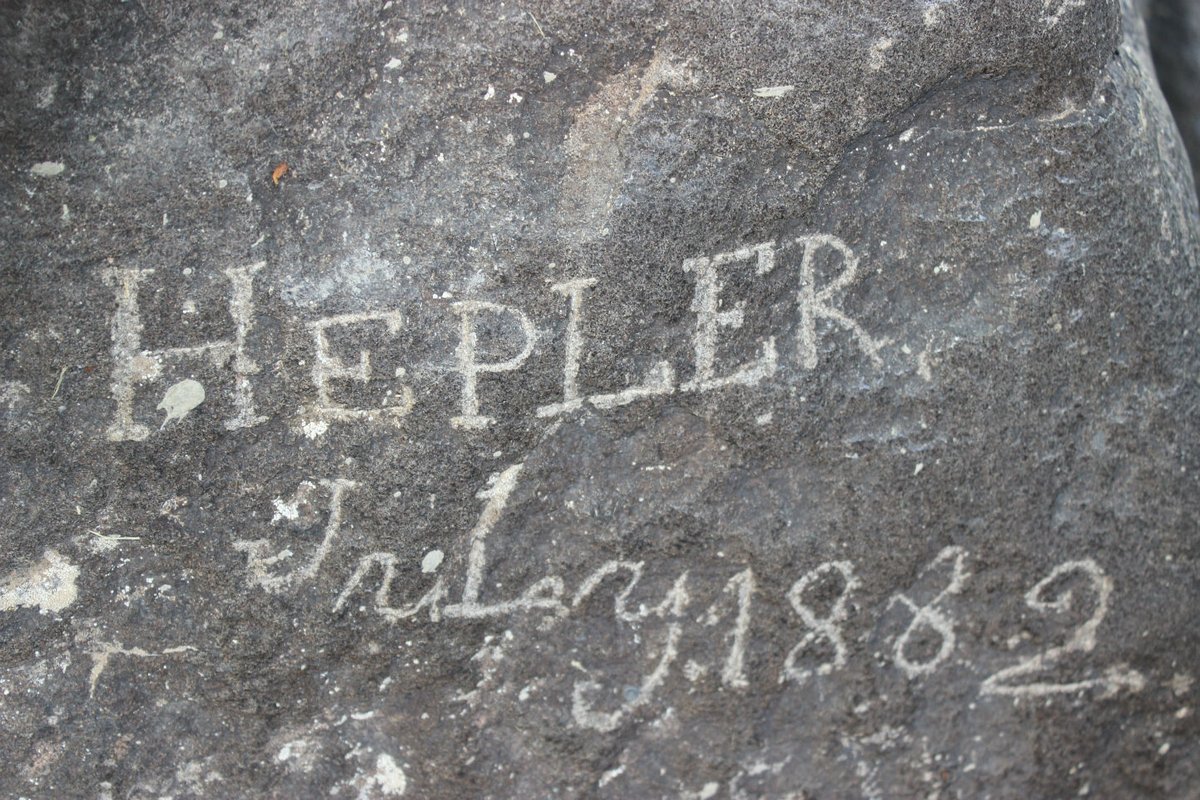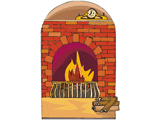This is from a young man Vance, who posted it on twitter - Just beautiful...Deep in the deserts of the American southwest

The area north of Lake Powell in Utah is one of the least hospitable and sparsely populated areas of the US. The Escalante River and the Henry Mountains were the last major river and mountain range surveyed in the lower 48. Nobody lives out there. Rough terrain. Very dry.
Because of how dry and inaccessible it is, there are still thousands of Native American archaeological sites in the area. Many are mostly undisturbed, only rarely visited by lonely hikers who find themselves off trails in desolate places.
There was a remote canyon adjacent to Lake Powell. Powell has more coastline than the west coast of the United States, and the middle portion is hours away from the marinas by boat and never busy.
I was dropped off by boat at my chosen canyon entrance at 7:00am and we set a pickup time of 5:00pm. My plan was to hike 7 miles up the canyon and come back down. No cell reception obviously. I'd be all on my own. I had a backpack with a ton of water and snacks.
There was no trail up this canyon. I was bushwacking my way through sage and tumbleweed, keeping to the high ground where I could see better. I got turned around multiple times going up side canyons and had to backtrack, which is surprisingly easy to do in a redrock canyon.

I remember feeling slightly scared, but also thrilled, at the thought of being cut off from civilization. If anything happened to me I'd be all on my own. It was dead quiet, just the wind and the summer desert heat. Occasionally a jetliner above would break the silence.

I thought about how this was completely normal for my ancestors. Hundreds of generations of my bloodline spent their entire lives in the exact same circumstance. What's abnormal is having 911 and GPS and cell signal 24/7.
photo
I found an old cowboy glyph. Something like "Jedediah Smith 1905". They used to run a lot of cattle down these canyons. That was just the start of my discoveries.

In the redrock it's easy to guess where the hunter gatherer tribes that moved through the area would have taken shelter under rocky overhangs and alcoves. Whenever I came to one I would first look at the ceiling to check for burned rock from the smoky campfires.
If I found one, I would start looking at the ground. I found all sorts of things in the canyon that day in a dozen different locations. I made sure to leave all of it as undisturbed as possible.
I found several metate grooves, where they would grind their maize. I also found two of the metate stones. Poking around I would uncover their corncobs, dessicated in the heat and buried in sand, hilariously small compared to today's corn which has been bred to a monstrous size.

Pottery sherds were everywhere. I even encountered a woven piece of basket. Probably made of yucca by an Anasazi woman 500 years ago.
As I was reaching my turnaround time, I saw one last large cave in the redrock. Probably 50 feet high and 100 feet deep. I had to check it out. I walked in and as my eyes adjusted to the dim light, I saw something I had never seen before.

Painted on the walls of the cave, in vibrant reds and blues, were seven life-size figures of Anasazi warriors, all holding spears, with huge horned grotesque masks. I can't even find a picture on the internet right now that is as impressive as what I had found.
These figures would have looked like they were moving and dancing in the flickering firelight of a small group sleeping in the cave. Maybe they felt more protected with them there. If the past is indeed a foreign country, this is the closest I ever came to visiting it.
I have seen plenty of carved petroglyphs in rocks, which obviously easily last for centuries even when exposed to rain and wind, but actual painted pictographs are much rarer. And to see so much of it, in such large lifelike detail was stunning. I was in awe.
When I got home I scoured the internet and every guide book looking for a reference to the cave I had found. Nothing. It's like there was an unspoken rule between all of us who had found it to never reveal its location and keep it special for those who come after us.
